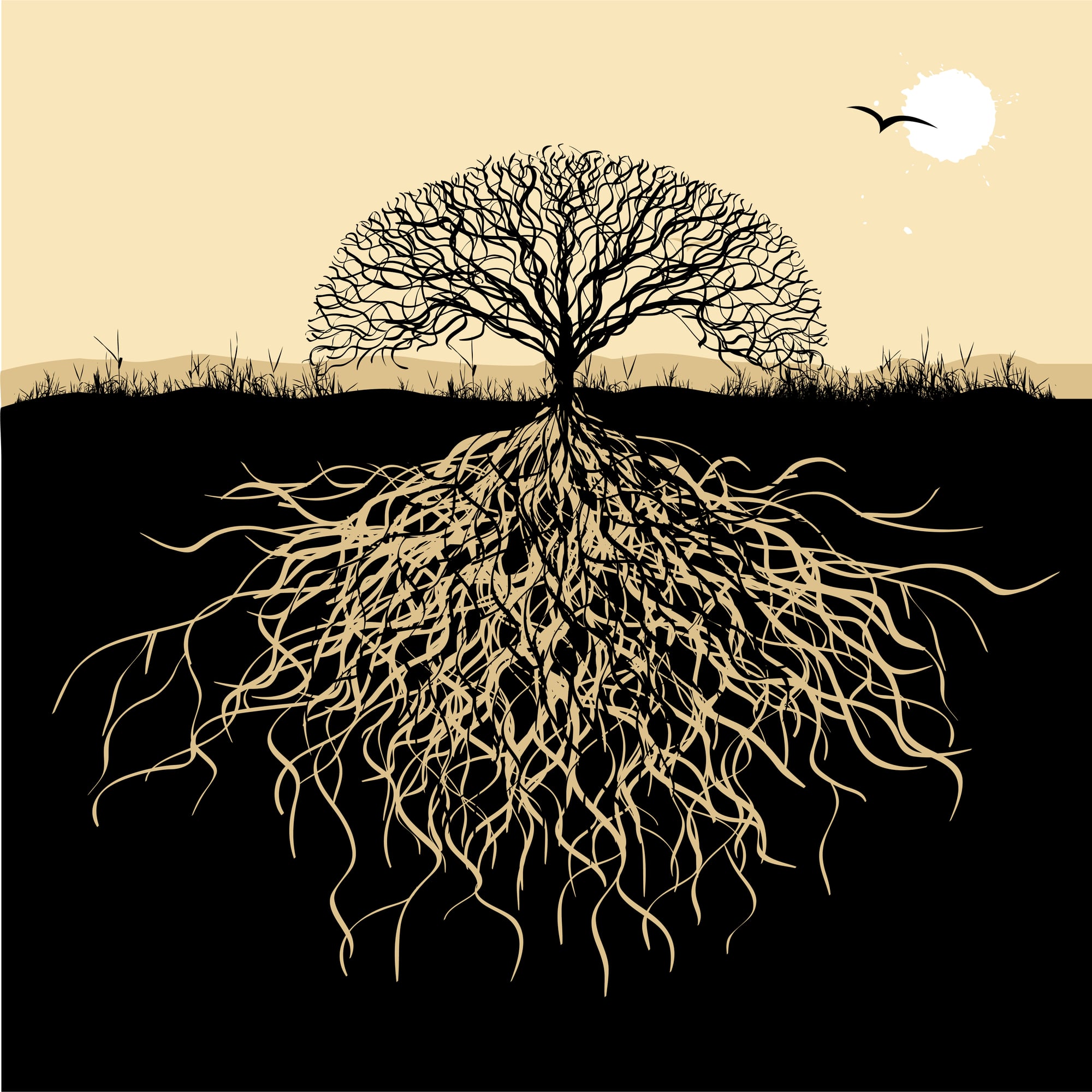Here is the third of four portions of my thesis, written for completion of my degree at NUNM in 2009.
Part 1 / Part 2 / Part 3 / Part 4
According to Svenaeus, important information that penetrates the clinical encounter is, in a way of speaking, pre-scientific.
It is prescientific insofar that is minimally mediated by theory and not readily systematized by the analytical processes recognizable as the basis of contemporary science. In the terminology of philosopher Edmund Husserl (and later, Martin Heidegger and Maurice Merleau-Ponty), this information is all part of the lifeworld. The lifeworld is the sum total of lived experience, not as a static object, but as it is lived. It is those things and experiences that, woven together, make up what we refer to as our life. Things only have meaning insofar that they are situated within the lifeworld. Abstracted outside of that, they cease to have what most of us think of as “meaning” or “importance.” This is obviously a very deep philosophical concept, and I cannot elucidate its full meaning here.
However, it seems, when applied to medicine, as a clinical encounter between two human beings, this theory can inform practitioners that we should seek to engage the wholeness of each person during each encounter.
If we incorporate information taken from laboratory tests, or other processes that isolate particular characteristics of our patient, we should situate that information in a field of everything else we know and can perceive about the patient. This would include demographic information filled in on a form, the subjective reports of the patients, our understanding of the world and regional situation the patient is confronting (war, weather, and so on) as well as all the information available to the senses of the physician. Physical palpation (including of the pulse), the visual presentation on all levels, the sound of the patient’s voice, any odors that can be perceived may all provide us with information of use in diagnosis. Before the advent of modern medical technology, of course, this was the primary source of information that physicians worked with.
We can utilize this “lifeworld field” in the service of restoring the patient to a greater state of health. In this view, far from being extraneous information, the particular life characteristics of the patient are a key component in her disease process, physicians’ diagnosis of it the ongoing healing process.
Later, Svenaeus indicates that there are efforts in the mainstream medical community to take seriously the implications in the type of argument I am advancing.
These enterprising physicians are attempting to construct a system of medicine that situates the lifeworld centrally in the clinical gaze. You can see evidence of this in the formation of medical centers that incorporate spa services, family and individual counseling and other such services. While the chapel has always been a feature of hospitals, increasing numbers of medical centers are also offering meditation, Taiji, yoga and other benefits that seek to address the spiritual side of its patient population.
The inclusion of these services within the medical center itself shows an understanding that the healing of the physical body is not separate from the health of the rest of the human experience.
Some of these medical centers have also begun to offer complementary and alternative medicine alongside Western medicine. It is obviously important to point out that complementary and alternative systems of medicine (CAM) take the wholeness of the patient very seriously. In fact, the primary focus of most CAM therapies is to restore the person to harmony within that wholeness of their being.
“One central goal of CAM is to improve the “wellness” of the patient. Rather than just removing a disease-producing agent, “quality of life” is emphasized by treating functional or somatic problems with ancillary and important psychological, social, emotional, and spiritual aspects” (Complementary and Alternative Medicine: An Evidence-Based Approach, John W. Spencer, Joseph J. Jacobs) 17.
The continuing integration of CAM into hospitals and other large medical facilities indicates that many Western medicine practitioners are seeing the value of these services.
All of these changes, and the important conversations they generate within the profession of Western medicine, are quite important. As CAM becomes increasingly integrated into mainstream medicine, it will begin to inform the practice of Western medicine even as it is informed by Western medicine. Perhaps, then, the holistic nature of the human being and the importance of considering the lifeworld of the patient when diagnosing and treating will become a more central principle in all of medicine.
There are a number of concerns that mainstream medical practitioners and Western scientists have about this integrative process – many of them discussed in my paper already.
Much of the worry centers on two basic desires. First, people want to know that medicine, meant to heal, is not harmful for patients. Second, people are concerned that even if a therapy is not harmful, it may simply be an elaborate placebo-based swindle duping hapless patients. While there is much I have said and could say about this, I would like to suggest a few basic principles that can guide us when deciding what therapies and systems of medicine we would like to integrate into our unified health care system.
These principles encompass elements of all the criteria of demarcation I have already discussed, while creating a system of holistic care that takes seriously the lifeworld and personhood of the patient. If a system of medicine or particular therapy does not meet these criteria, I contend that it must work to rectify any deficiencies before being embraced by the mainstream.

[…] 1 / Part 2 / Part 3 / Part […]